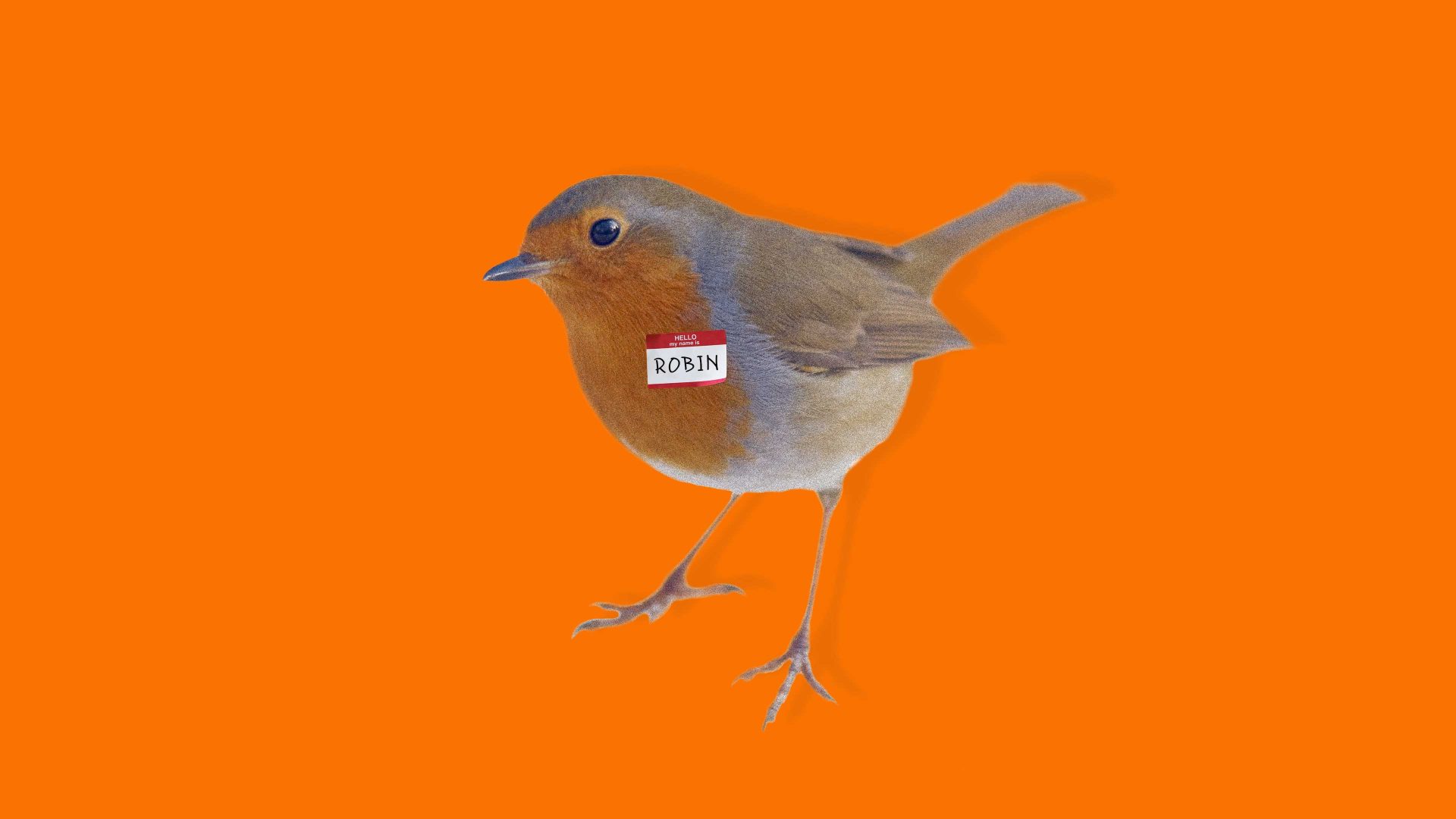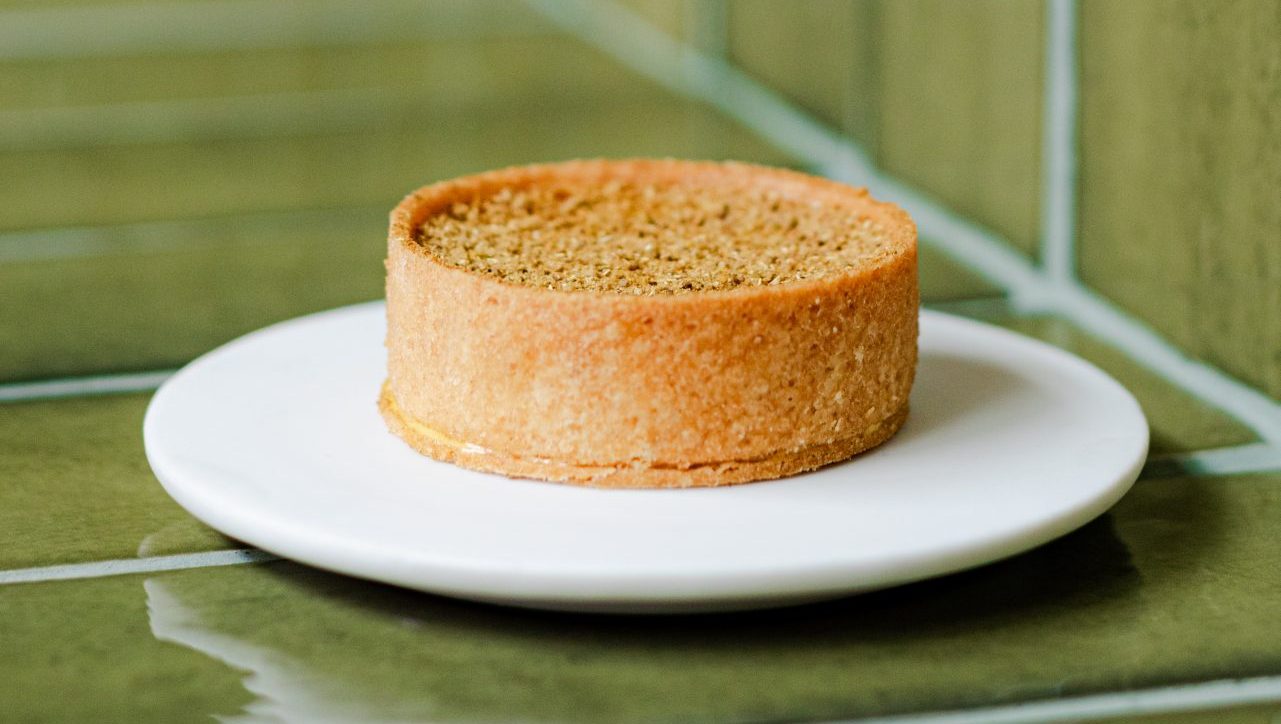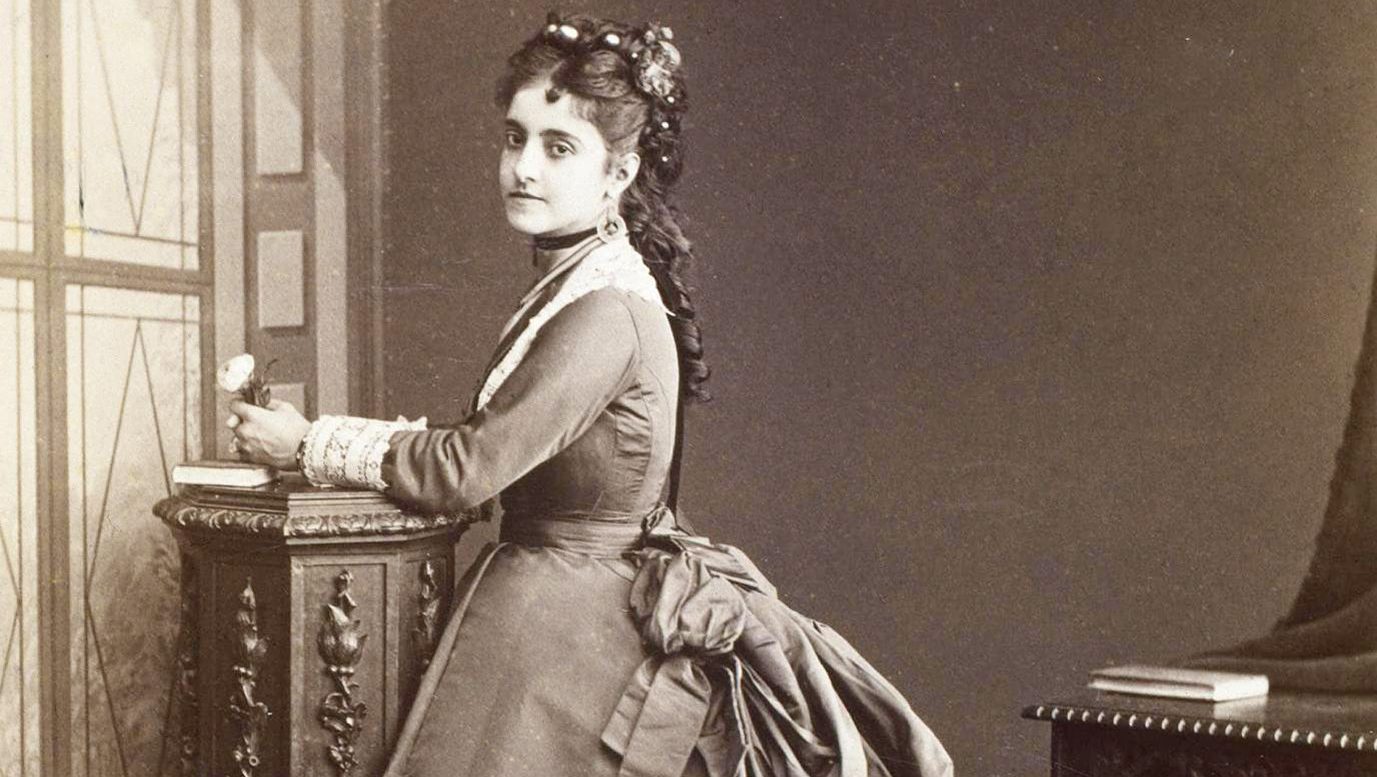One of our best-known and best-loved British birds is that Christmas card favourite, the European robin, Erithacus rubecula. (Rubecula is derived from the Latin word for red, ruber, and erythrós is the Ancient Greek word for the same colour).
The robin often goes by the nickname of redbreast – “robin redbreast”, in fact. Except that this is not really a nickname at all, because redbreast was the original name of the bird, first recorded in the 1400s.
It is actually “robin” which was the nickname, and this form does not turn up in the records until the 1500s.
Redbreast was simply a descriptive name for the bird, paralleled in many other European languages: Dutch roodborstje, German Rotkehlchen, French rouge-gorge and Norwegian rødstrupe, with rood, rot, rouge and rød all signifying “red”.
Robin itself is a hypocoristic form or pet-name derived from the male forename Robert. Appending it to redbreast presumably indicates affection. Robin itself has been in use as a forename in Britain from at least the 1200s, and from rather earlier on in France.
Preposing personal names like Robin to the official names of birds is common in Britain. Small birds in general like sparrows, robins and tits are sometimes affectionately referred to as “dicky birds”, especially in speech directed to young children. We can assume that “Dicky” here is from Dick, the hypocoristic or familiar form of Richard.
This same pattern is quite frequently extended to the names of other particular birds.
So, for example, a wren might be referred to as a “Jenny wren”, and a blue tit or great tit might be called a “Tom tit”. In New Zealand, tomtit has become the official name of a species of bird which is a member of the Australian robin family, but which is not related to the European robin.
And as we just saw in the case of the European robin in Britain, sometimes nicknames of this type can become institutionalised, thus ending up replacing the official name of the bird: redbreast is no longer thought of as being the bird’s real name and has been replaced in that function by robin – which too has now acquired nicknames such as “Bobby Robin”.
Another example is magpie, which presumably arose in exactly this way. Mag is an abbreviated form of Maggie, which is a colloquial version of Marjorie or Margaret. Pie was the original name of the bird, from French pie and, earlier, Latin pica.
Jackdaw seems to have a similar type of source, with daw being the original name of the bird, now preceded by the familiar man’s name Jack. Daw first appeared in English language texts in the 15th century, whereas jackdaw was first recorded only in the 16th century.
As Jonathan Swift wrote: “pies and daws are often styled with Christian nick-names like a child”.
A much less obvious example of the same phenomenon is the guillemot. These are very dapper-looking seabirds which breed on rocky cliffs and outcrops at various locations around the coasts of the British Isles. The name of the bird, however, is rather obviously not an English-language name. We pronounce it in a perfectly normal English way: “gilly-mott”, with a hard g. But it is derived from the French name Guillaume, which is the equivalent of English William and Welsh Gwilym, and first appeared in English in 1555.
HYPOCORISTIC
The term hypocoristic comes from the Ancient Greek hypo – “under, beneath, less” as in hypodermic “under the skin”, or hypothermia “below-normal body temperature”, followed by kori “child”, with the basic meaning of the two-word combination referring to the usage of pet or affectionate diminutive forms of names.




